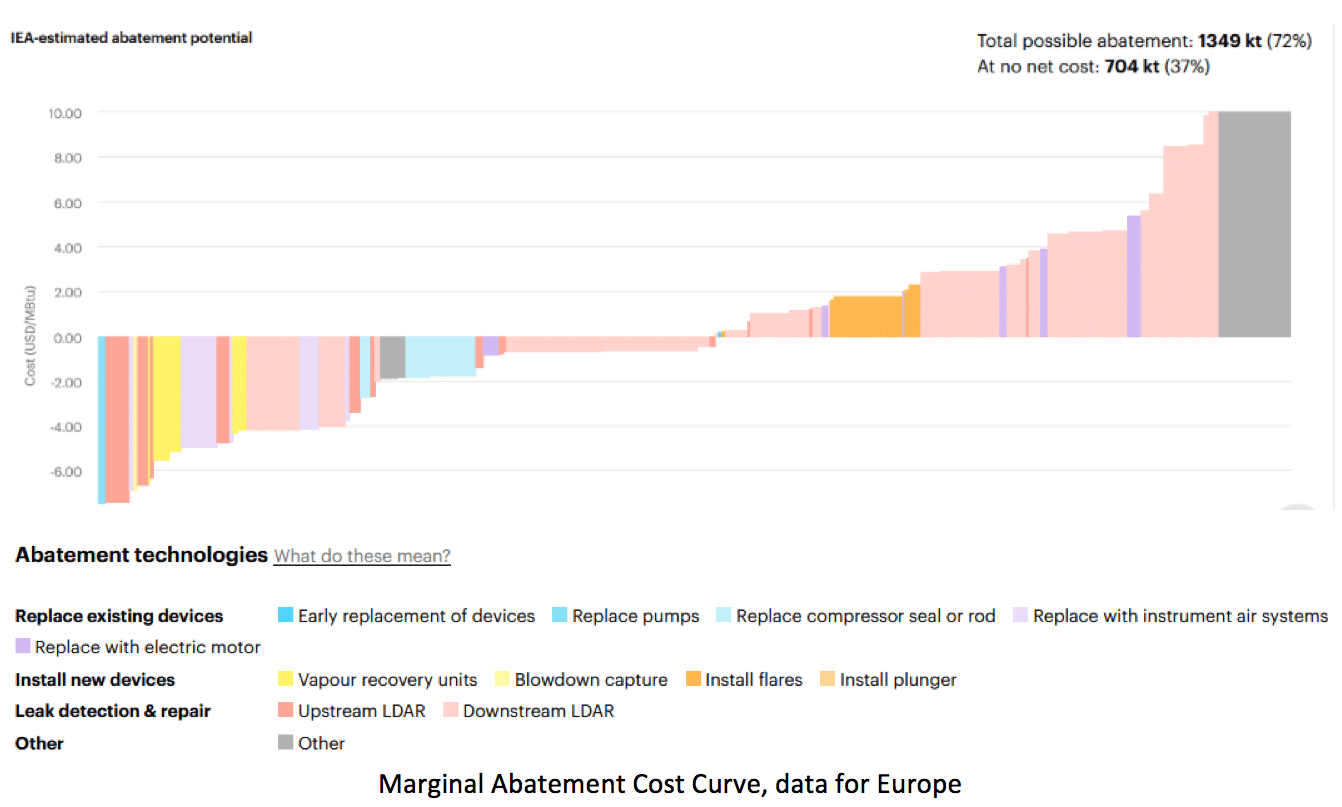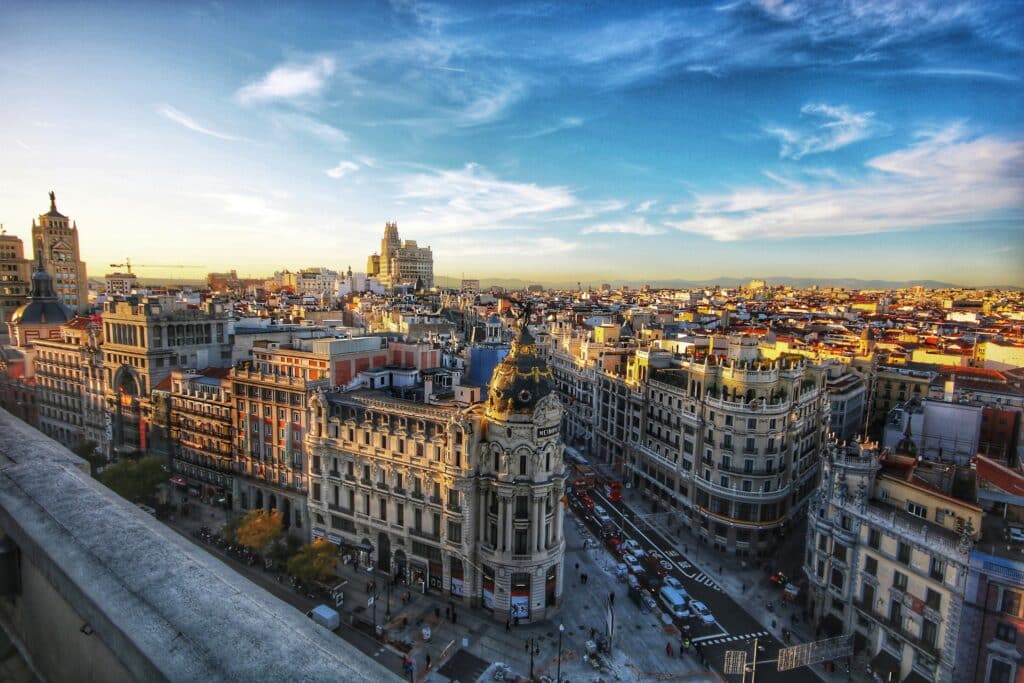Labour II: Design measures to achieve substantial emissions reduction in the energy sector
This is the second installment of the Topic of the Month: EU Methane Strategy - the Four Labours of the European Commission
The four labours of the European Commission
Hercules (known in Greek as Herakles) – one of the best-known heroes in Greek and Roman mythology – went down in history by performing 12 labours, so difficult they seemed impossible. Reaching climate neutrality in roughly three decades may seem equally as impossible. However, in her first State of the Union speech, Ursula von der Leyen – the President of the EU Commission – showed that the European Union is committed to the European Green Deal (EGD) vision.
As the EU Commission is about to present the EU Methane Strategy in the coming weeks, if not days, in this Topic of the Month series we will look at four major (in our opinion) tasks ahead to ensure that the legislative proposals tabled under the Strategy lead to cost-effective methane emissions mitigation and are supported by the oil and gas industry, which is trying to find its way through the energy transition.
Labour II
Energy-related methane emissions, which arise during the extraction, transport and consumption of oil, natural gas and coal, are considered as the low-hanging fruit of methane emissions abatement. It is so, because methane is the main component of natural gas and if captured, could be monetized balancing out the cost of the abatement technology.
The International Energy Agency estimated that at least one-third of reductions is possible at no net cost to the oil and gas industry.

The consumption of fossil fuels in the EU is expected to decrease.
Even highly coal-dependent countries such as Germany and Poland announced coal phase out by 2038 and 2049 respectively. According to the European Environment Agency data, Poland, Romania, Germany and the Czech Republic accounted for 90% of methane emissions emitted in the EU from coal mining in 2018. Therefore, it is important to capture and utilize methane from coalmines, instead of flaring or allowing it to leak in the existing coalmines and to ensure that decommissioned mines are properly closed or sealed. Regular Leak Detection and Repair campaigns could help to ensure that unused coalmines do not generate methane emissions and could create additional work places in coal mining regions. The same applies to abandoned oil and gas sites.
The reduction of methane emissions from the existing natural gas infrastructure will be much more challenging endeavor, which we described in greater detail in our previous Policy Brief. Around 75% of methane emissions from the EU oil and gas arise from refining, LNG regasification, transmission, storage and distribution. The segments of the gas value chain are operated by the regulated entities: liquefied natural gas (LNG) system operators, storage system operators (SSOs), transmission system operators (TSOs) and distribution system operators (DSOs), which are very heterogenous groups, in terms of the size, business models, ownership structures and corporate cultures. Moreover, many of these entities are unbundled companies, which could limit the incentives to reduce methane leaks, as those companies transport or store natural gas, but they do not own it.
The cost of finding and fixing leaks could therefore be recognized by the National Regulatory Authority. It is worth considering if the environmental benefits of retrofitting existing gas infrastructure to minimize methane emissions could be recognized in the TEN-E regulation, which will soon undergo a revision in line with the EU Energy System Integration Strategy objectives.
As already mentioned in the first episode of this ToM series, the support to the most promising emerging technologies such as mobile mounted infrared (IR) cameras and lasers, and continuous stationary monitors could definitely improve our understanding of the issue of methane emissions. Those technologies could help to reduce an inspection time while increasing the speed at which leaks are measured. However, the transparency may not automatically lead to an effective methane emissions abatement. Therefore, setting a methane reduction objective could send a suitable signal to the companies and Member States and would give an opportunity to assess the progress towards climate neutrality.







